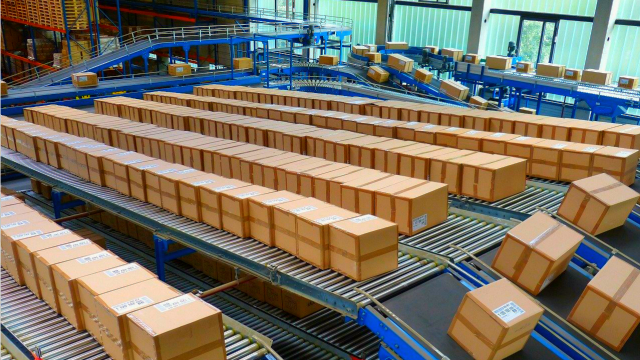Intralogistics: the Secret of Smart Supply Chains
Logistics is about how we move things from point A to point B across the supply chain. Intralogistics is the same concept but the much more expanded version. It is related to how we most efficiently get goods from the receiving dock to the shipping dock in the warehouses and distribution centers. Companies who invest in intralogistics technologies to ease supply chain management, obviously get a distinct advantage. However, the time at which these kinds of investments will go out of being a plus point and turn into a need seems very close. Because customers expect immediate accessibility with continuously decreasing prices in today’s manufacturing and that is only possible with an Industry 4.0 concept that can enable the smart integration of manufacturing and logistics operations in the supply chain.
The main difference between a regular supply chain and a smart supply chain is the management of the internal process of material
handling and movement – in other words, how things work in the warehouse.
The traditional supply chain comprises three stages: supplying
goods to a manufacturer, the manufacturing process, and the distribution of
finished goods through distributors and retailers. In addition to those, a smart
supply chain requires two other conditions: efficient stock-keeping and
optimally matched processes.
Intralogistics essentially aims to satisfy the two
conditions of a smart supply chain system. Indeed, it is not a new idea but now
has a trendy name with the rise of smart factories worldwide and the need to
optimize their supply chains.
Intralogistics system can be basically defined as optimized
warehouse logistics and it focuses on getting the best results out of physical
assets such as conveyors, sorters, and robots by automating as much as possible.
- Minimized inventory
- Reduced running costs
- Improved employee safety
- Improved throughput
- Improved traceability
- Enhanced flexibility
- Enhanced accuracy
- Real-time communication from the warehouse
Companies are facing ever shorter delivery times, requiring
higher flexibility and efficient goods management with radical growth in online
shopping. Those failing to adopt automated intralogistics solutions will be
unable to compete. So, intralogistics solutions have evolved from being a
competitive advantage to a necessity for companies.

